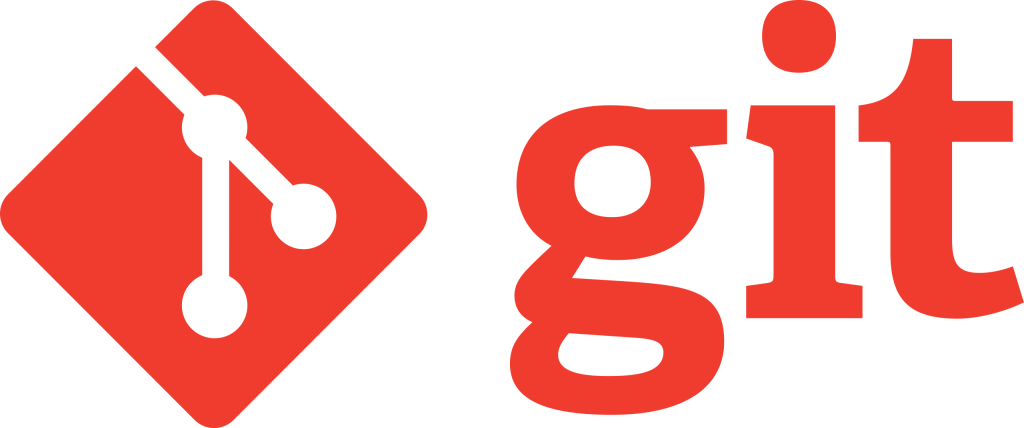


Git and GitHub have become essential tools for developers, enabling efficient version control and collaborative coding. Whether you’re a beginner or an experienced coder, understanding the process of using Git and GitHub effectively can significantly improve your development workflow.
Table of Contents
What is Git?
Git is a distributed version control system (DVCS) created by Linus Torvalds in 2005. It is designed to track changes in source code throughout the development process, providing a robust framework for collaboration and code management.
Git operates locally on a developer’s machine, allowing them to work on their code even when they are offline. This distributed nature sets Git apart from centralized version control systems, offering more flexibility and scalability.
Key Git Concepts:
Repository (Repo)
A Git repository is a container for your project’s code, along with its entire history of changes.
- Initializing: To create a new repo, you have to initialize it. It is a one-time command you use during the initial setup of a new repo.
- Branch: A branch is a separate line of development within a Git repository. Developers can create and switch between branches to work on different features or bug fixes simultaneously without affecting the main codebase.
- Create branches for each new feature or bug fix, keeping your main branch (often called “master” or “main”) clean and stable.
- Staging: Staging is used to build up a set of changes that you want to commit together.
- Commit: A commit represents a snapshot of your code at a specific point in time. It includes changes made since the last commit. A clear and descriptive commit message can convey the purpose of a change, making it easier for collaborators to understand and review your code.
- Use meaningful commit messages that start with a concise verb, e.g., “Add,” “Fix,”, “Bug,” or “Update,” followed by a brief description of the change.
- Merge: Merging combines changes from one branch into another, ensuring that the codebase remains up-to-date.
Version Control is Essential
Git emphasizes the importance of version control. By tracking changes, you can maintain a historical record of your project, making it easier to troubleshoot issues, revert to previous states, and collaborate with others.
What is GitHub?
GitHub, on the other hand, is a web-based platform built around Git. It provides a centralized location for hosting and managing Git repositories, making it easier for developers to collaborate on projects. GitHub offers a wide range of features and tools that enhance the development workflow, such as issue tracking, project boards, and pull requests.
Key GitHub Features:
- Repository Hosting: GitHub allows developers to host their Git repositories online, making it accessible to team members and collaborators worldwide.
- Collaboration: GitHub simplifies collaboration by enabling multiple developers to work on the same project simultaneously. Contributors can fork a repository, make changes, and submit pull requests to propose changes to the original project. You can invite contributors, manage issues, and conduct code reviews seamlessly.
- Pull Requests and Forking: Pull requests facilitate code review and collaboration by allowing contributors to propose changes and initiate discussions before merging code into the main branch. Forking creates a copy of a repository under a contributor’s account, allowing them to propose changes via pull requests.
- Security and Access Control: GitHub provides robust security features, including access control, vulnerability scanning, and code scanning. These features help maintain the integrity of your codebase.
- Issue Tracking: GitHub’s issue tracking system helps teams manage bug reports, feature requests, and other tasks in an organized manner.
Git Basics and GitHub Collaboration
Installation on Windows
You can download Git from the official website (https://git-scm.com/), and it’s available for Windows, macOS, and Linux.
Create a account on GitHub
You can create account on GitHub from the official website (https://github.com/signup)
Configuring Git
After installation, configure Git and connect with GitHub with your name and email address using the following commands:
git config --global user.name "Your Name"git config --global user.email "youremail@example.com"
Initializing a Git Repository
To start using Git for a project, navigate to your project’s root directory in your terminal and run:
mkdir my-project
cd my-project
git init
This command initializes a Git repository for your project.
Creating Branches
Branches allow you to work on different aspects of your project simultaneously. To create a new branch:
git branch new_branch_namegit checkout new_branch_name
Once branch is created you can then use checkout to switch to that branch.
Staging Changes
Before committing changes, you need to stage them. Use the following command to stage all changes in your project directory:
git add .Alternatively, you can stage specific files by specifying their names.
Committing Changes
Committing records the staged changes to your Git repository. Be sure to add a descriptive commit message:
git commit -m "Your commit message here"Creating a GitHub Repository
- Log in to your GitHub account and click on the ‘+’ icon in the upper right corner.
- Choose ‘New Repository.’
- Follow the prompts to create your repository, including a name, description, and other settings.
Pushing to GitHub
To link your local Git repository to GitHub, add your GitHub repository as a remote and push your changes:
git remote add origin https://github.com/yourusername/your-repo.gitgit branch -M main # Rename your main branch to 'main' if necessary.git push -u origin main
To push your changes to remote repo after first commit use,
git push origin HEADCreating a Pull Request on GitHub
Go to your GitHub repository, switch to the branch you just pushed, and click the “New Pull Request” button. Follow the instructions to create a pull request, describing your changes.
Merging Changes
Once you’ve completed work on a branch, you can merge it back into the main branch (e.g., “master”):
git checkout maingit merge branch_name
Collaborating on GitHub
- Invite collaborators to your GitHub repository.
- Collaborators can clone the repository using
git clone https://github.com/yourusername/your-repo.git.
- They can create branches, commit changes, and push them to the repository.
- Use pull requests for code review and to merge changes into the main branch.
Tips for Efficient Git and GitHub Usage
- Regular Commits: Commit frequently with descriptive messages to maintain a detailed and clear history of changes.
- Branch Management: Keep your branches organized and avoid excessive branches.
- Code Reviews: Utilize pull requests and code reviews to catch issues early and ensure high-quality code.
- Merge Pull Requests: Collaborate effectively by reviewing and merging pull requests promptly.
- Use .gitignore: Create a .gitignore file to exclude unnecessary files from version control.
- Authentication: Set up SSH keys for secure and convenient authentication with GitHub.
- Stay Organized: Organize your repositories with clear folder structures and README files.
Mastering Git and GitHub is a journey, but with the right guidance and practice, you can streamline your development process, collaborate effectively, and ensure the integrity of your codebase.
By following these steps and tips, you can efficiently track changes, collaborate with others, and manage your projects with confidence. Start with small projects to practice, and as you become more comfortable with Git and GitHub, you’ll be well-equipped to handle more complex development tasks.
